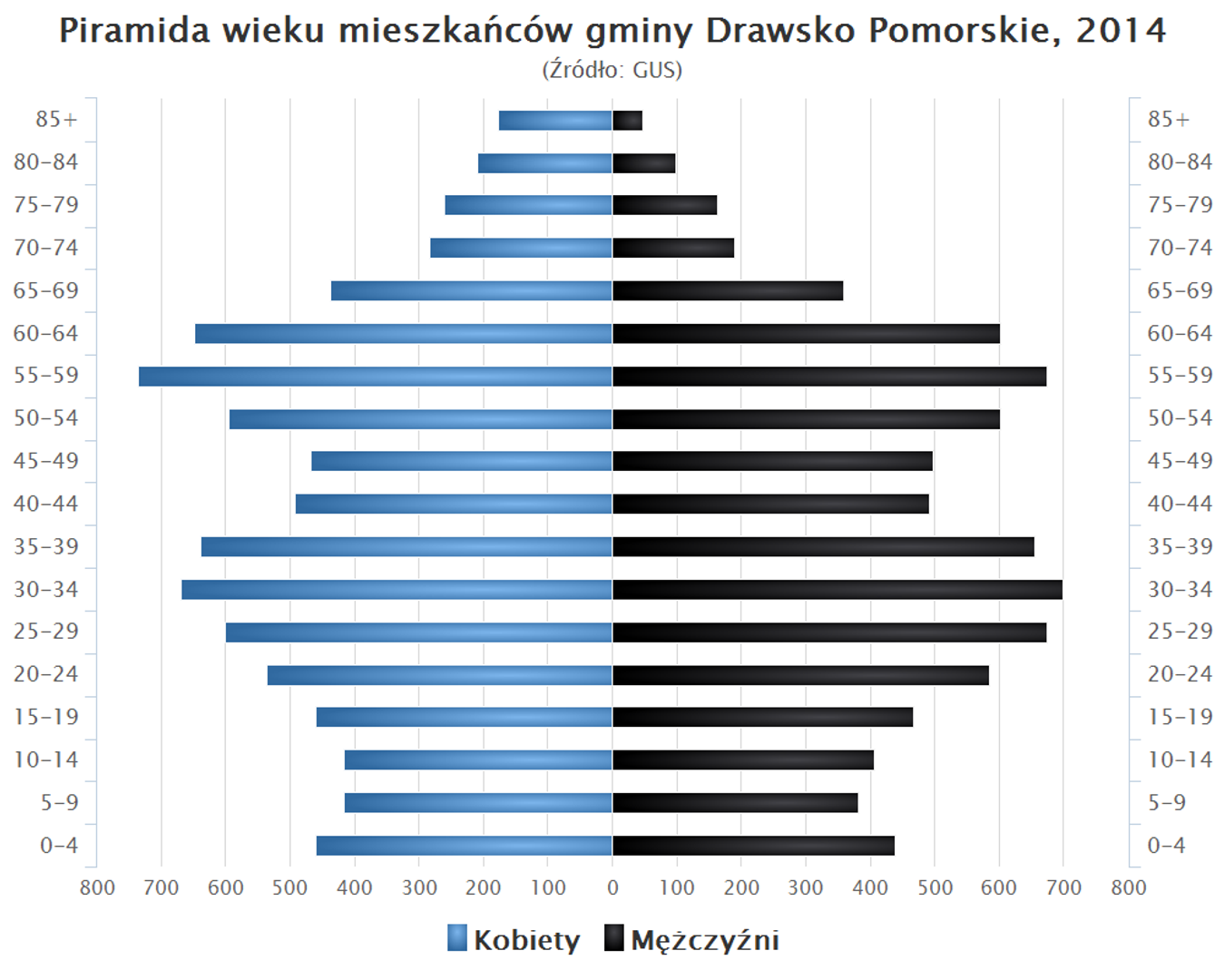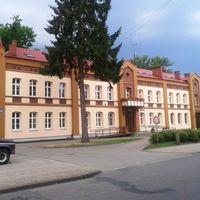Drawsko Pomorskie
7.5

Overview
Drawsko Pomorskie is an urban-rural municipality located in the West Pomeranian Voivodeship and is the largest municipality in terms of population in Drawsko County. Its administrative seat is the town of Drawsko Pomorskie, and in 2016, the municipality had a population of 16,335, accounting for 28.2% of the county's population. In 2019, the municipality expanded to include the territory of the former Ostrowice municipality. The municipality lies within the Drawskie Lake District, which makes it rich in forested areas (36% of the area) and agricultural land (42%). It is also characterized by great biodiversity, with rivers such as the Drawa and Brzeźnicka Węgorza, as well as Lake Lubie, located within its boundaries. The municipality features important transport infrastructure, including national road No. 20 and a railway network dating back to the 19th century. Drawsko Pomorskie also has operational railway stations, including Jankowo and Drawsko Pomorskie, facilitating easy travel for residents. The municipality has a well-developed postal network, with six branches of the Polish Post Office. The history of the municipality dates back to the post-war period when, from 1946 to 1950, it was administratively part of the Szczecin Voivodeship, and then the Koszalin Voivodeship until 1998. The municipality has a organized local government administration, and residents have the opportunity to elect their representatives at various levels, from the municipal to the European Parliament. The municipality is also within the jurisdiction of several judicial institutions, underscoring its administrative importance. Drawsko Pomorskie includes 15 auxiliary units, comprising 13 village councils and housing estates within the town. Collaborative efforts between residents and local authorities contribute to improving the quality of life, developing infrastructure, and preserving the region's cultural and natural heritage. It is also worth noting that the municipality has rich traditions, and local cultural events are held within its area, fostering community integration and promoting local heritage.
Location
You can also find here:
2025 Wizytor | All Rights Reserved

